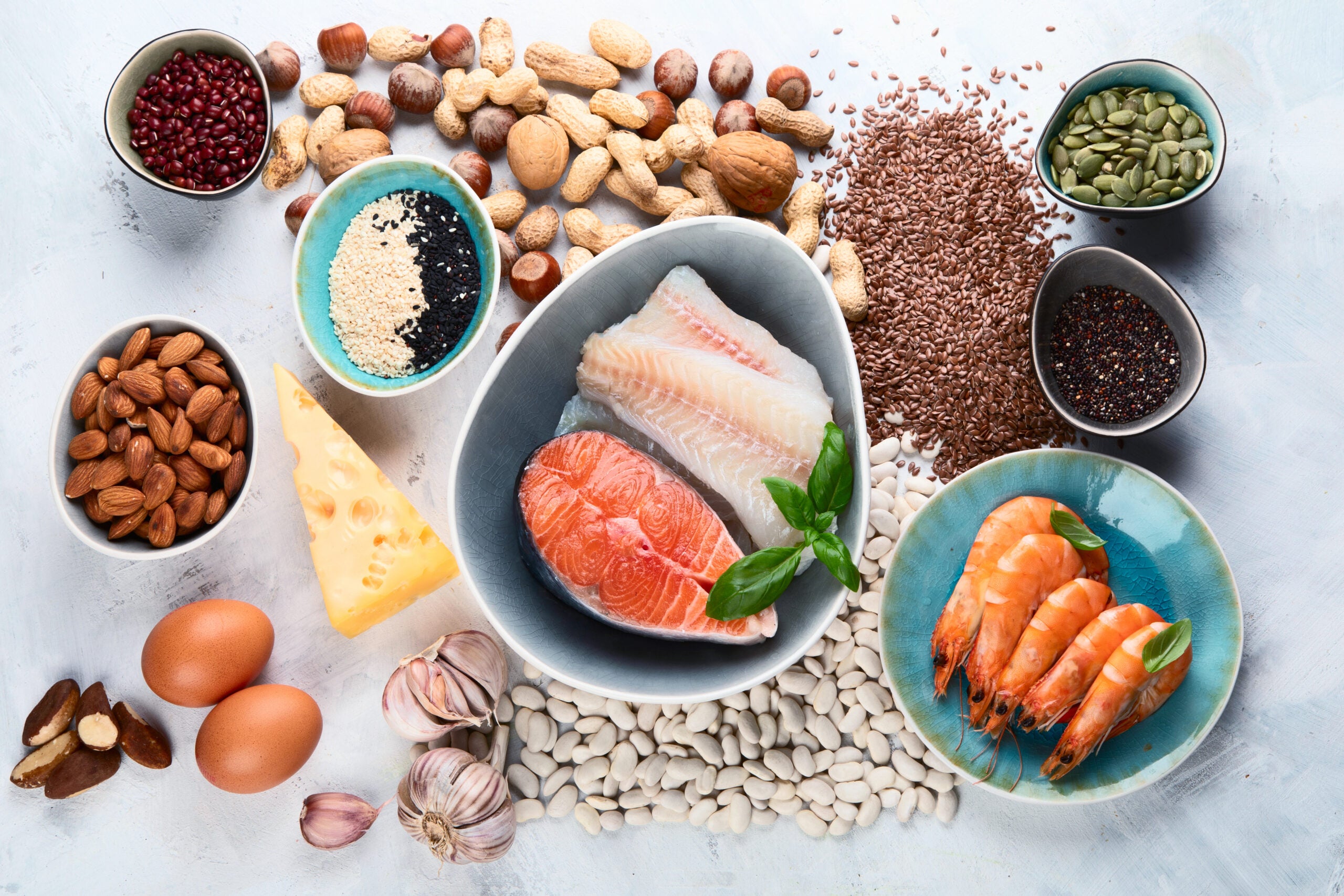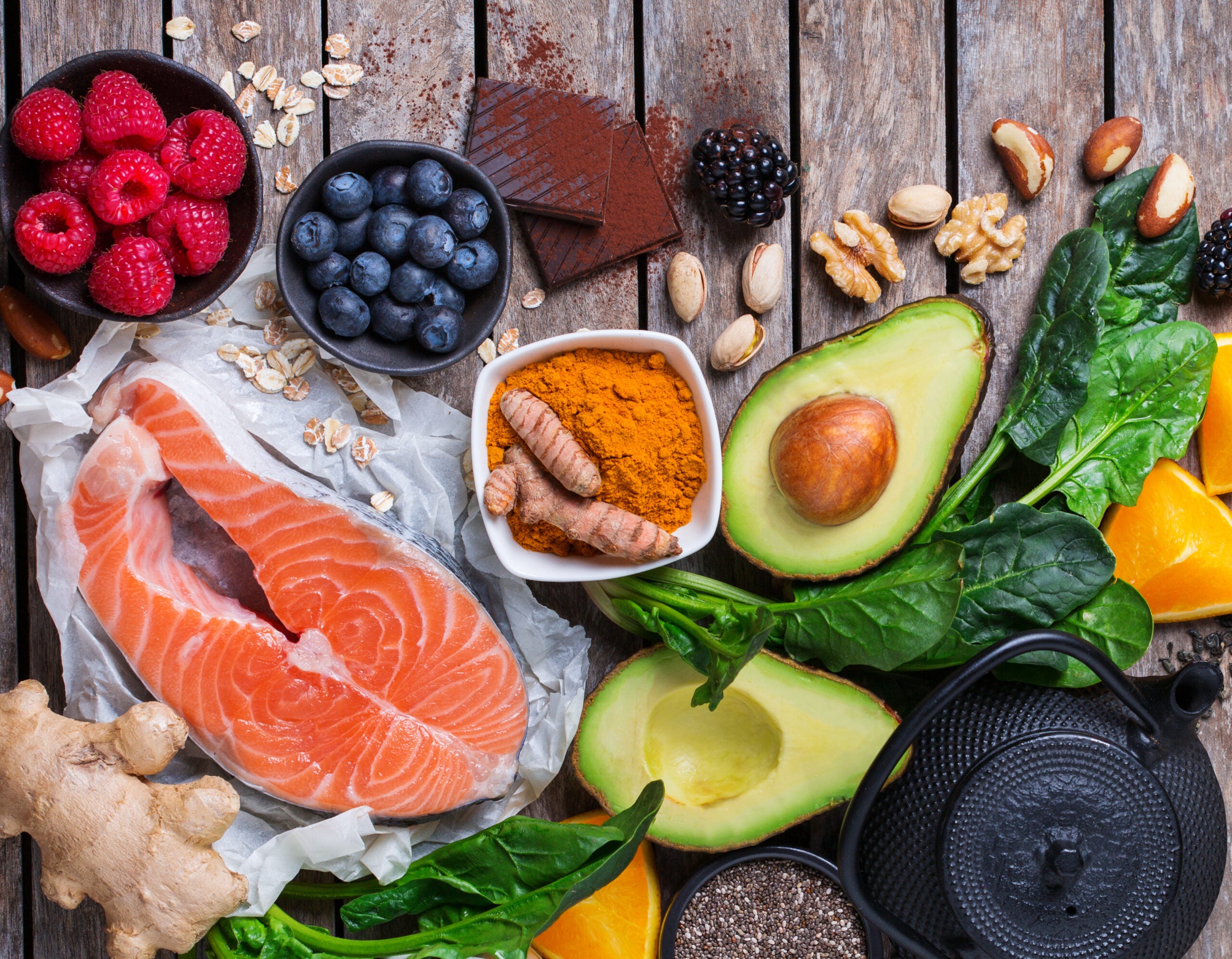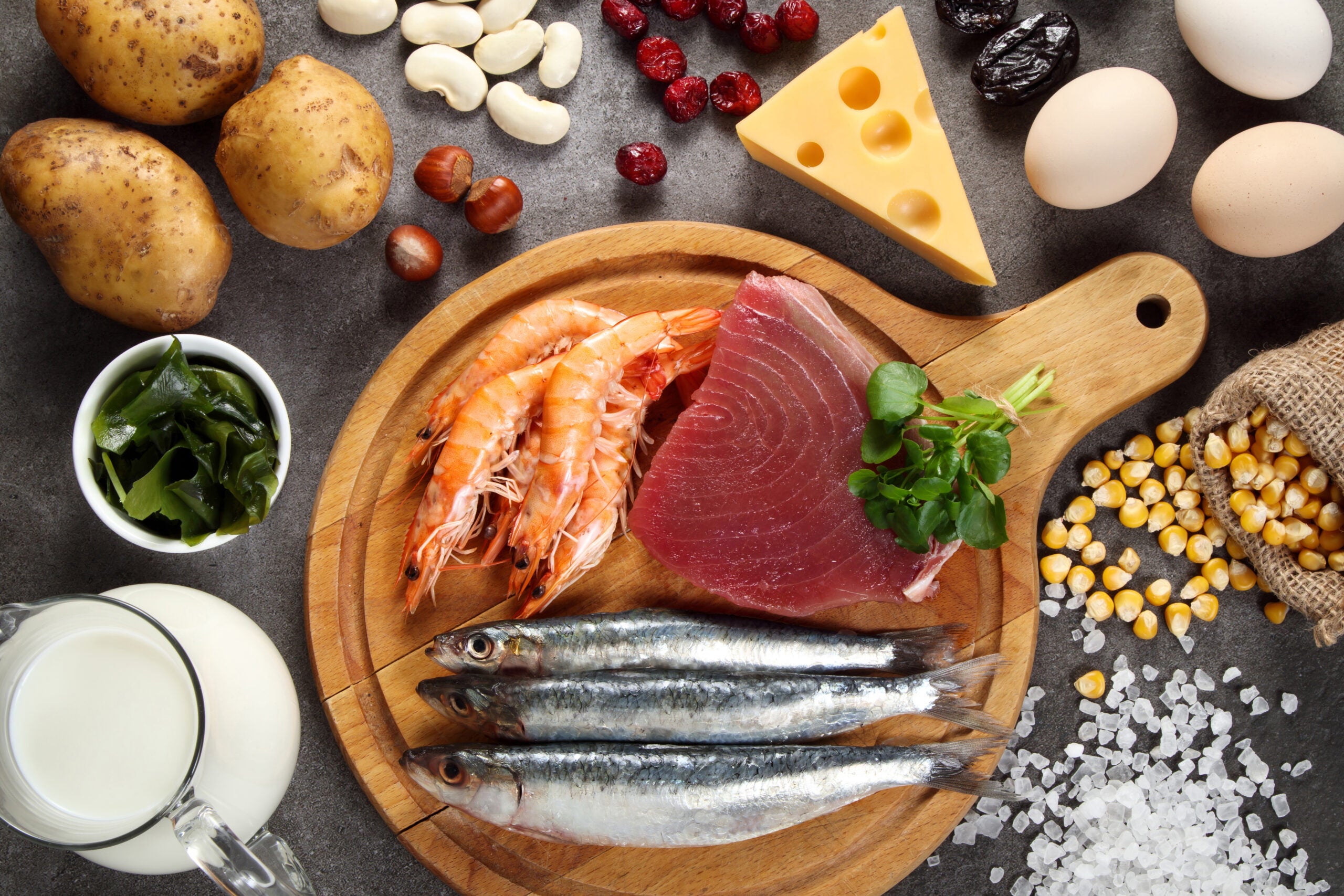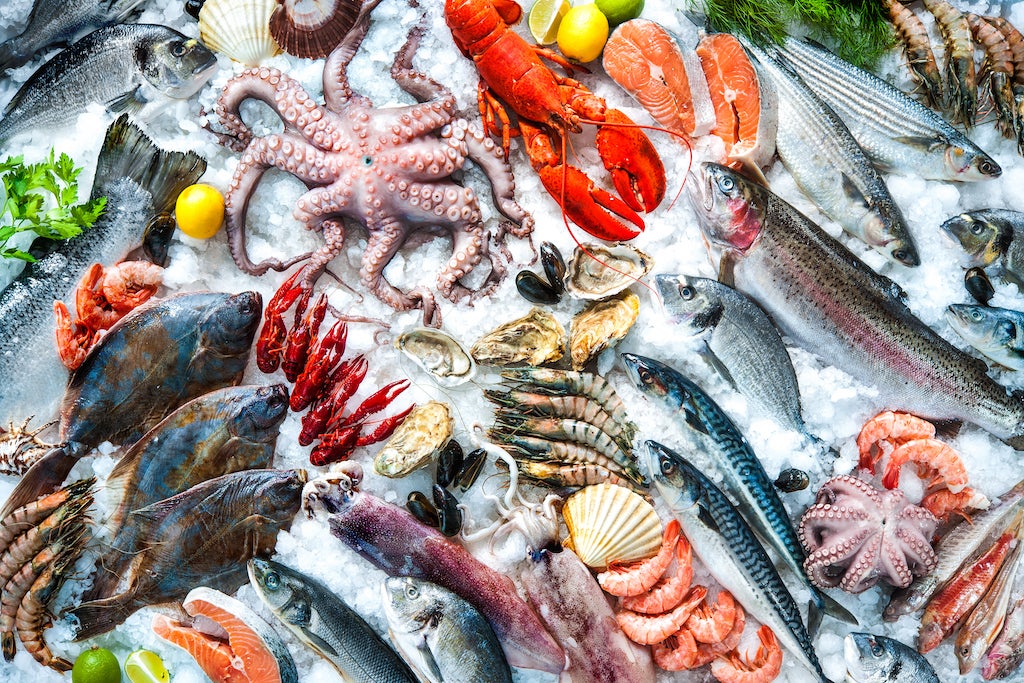Phosphorus is a mineral that naturally occurs in many foods and is also available as a supplement. It plays multiple roles in the body. It is a key element of bones, teeth, and cell membranes. It helps to activate enzymes, and keeps blood pH within a normal range. Phosphorus regulates the normal function of nerves … Continue reading “Phosphorus”
Once just a buzzword, “clean eating” is now a popular eating style. What it means will depend on who you ask. The terms clean eating and clean diets are not federally regulated in the U.S., so interpretation by consumers and the marketing of “clean” products by the food industry can vary widely. Generally, clean eating … Continue reading “Clean Eating”
A Digest on Healthy Eating and Healthy Living Over the course of 2021, many of us continued to adapt to a “new normal,” characterized by a return to some pre-pandemic activities mixed with hobbies or habits that have emerged since 2020’s lockdowns. On the topic of food and eating, according to one U.S. consumer survey … Continue reading “Healthy Living Guide 2021/2022”
Yoga began not as a form of physical exercise, but as a practice to achieve spiritual enlightenment and mental discipline. It originated in India about 5,000 years ago, first appearing in religious texts recorded by priests. The word yoga comes from the Sanskrit “Yuj,” meaning “to yoke” or “to unite,” which conveys the goal of … Continue reading “Yoga for Exercise”
A popular category of dietary supplements are workout supplements, which are typically taken before (‘pre-workout’) or after exercising (‘post-workout’), and are sold in a variety of forms from pills to powders and ready-to-drink shakes. The global pre-workout supplement market size alone was estimated to reach $13.98 billion in 2020 and almost double in size to … Continue reading “Workout Supplements”
“I don’t have time!” is one of the top reasons for not exercising, as many traditional workouts push a commitment of about an hour. High intensity interval training, or HIIT, challenges this barrier by incorporating an effective workout in half that time. In our time-pressured culture, HIIT has claimed a spot in the top 10 … Continue reading “HIIT (High Intensity Interval Training)”
Finding yourself confused by the seemingly endless promotion of weight-loss strategies and diet plans? In this series, we take a look at some popular diets—and review the research behind them. What Is It? An anti-inflammatory diet is promoted as a remedy to battle inflammation in the body. A common belief is that “inflammation” is always bad. … Continue reading “Diet Review: Anti-Inflammatory Diet”
Iodine is an essential trace mineral not made by the body so must be obtained by food or supplements. It is found naturally in some foods and is added to supplements and some salt seasonings. Iodine is needed to make the thyroid hormones thyroxine and triiodothyronine, which assist with the creation of proteins and enzyme … Continue reading “Iodine”
Foods like salmon, lobster, and shrimp, are often categorized as “seafood.” But how might you classify these foods when including a freshwater fish, such as trout? Consider the term aquatic foods (also called blue foods), which include any animals, plants, and microorganisms that originate in bodies of water. Examples are: Finfish—small pelagic fish (herring, sardines, … Continue reading “Aquatic Foods”
The information on food labels is intended to help consumers become savvy about their food choices. The front, back, and sides of a package are filled with information to inform us what the food contains and to provide guidance in making healthier selections of processed foods. However, all the numbers, percentages, and sometimes complex-sounding ingredients … Continue reading “Understanding Food Labels”








